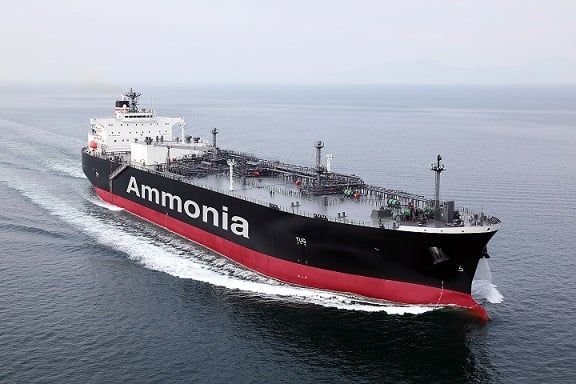NH3 Clean Energy’s flagship ammonia project moves forward

The Government of Western Australia has officially approved NH3 Clean Energy’s WAH2 clean ammonia project for facilitation support under its Lead Agency Framework. This initiative aims to streamline the approvals process, ensuring effective coordination between NH3 and government agencies. The project is set to play a crucial role in supplying low-emission ammonia to key markets in the Asia Pacific, particularly Japan and South Korea.
Streamlined Support for Project Development
The Lead Agency Framework established by the Department of Energy and Economic Diversification (DEED) serves as a vital resource for project proponents like NH3. It provides a centralized entry point for navigating the complexities of government approvals. This framework ensures that NH3 receives comprehensive support, including case management and guidance throughout the project lifecycle. DEED’s Major Projects Facilitation team will collaborate closely with NH3 to facilitate the advancement of the WAH2 project.
Charles Whitfield, Chairman of NH3, expressed optimism about the partnership with the WA government. He stated, “Our engagement with the WA government continues to strengthen as the project progresses and the scale of opportunity for the state becomes more apparent.” Whitfield emphasized the team’s commitment to meeting production milestones on schedule and within budget. The Lead Agency Framework is instrumental in streamlining the necessary approvals and enhancing government coordination.
Project Goals and Timeline
The WAH2 project is strategically located in one of Western Australia’s industrial hubs, specifically within the Commonwealth-designated Pilbara Hydrogen Hub. Its primary objective is to produce low-emission ammonia, which will serve as a decarbonized fuel source for bulk carriers transporting iron ore from Australia to Asia. This initiative aligns with Western Australia’s broader goals of economic diversification and decarbonization.
NH3 has confirmed that the project timeline remains on track, with all front-end engineering and design (FEED) work expected to be completed by the end of 2026. The WAH2 project is projected to commence ammonia production in the latter half of 2029, marking a significant step towards sustainable energy solutions in the region.
